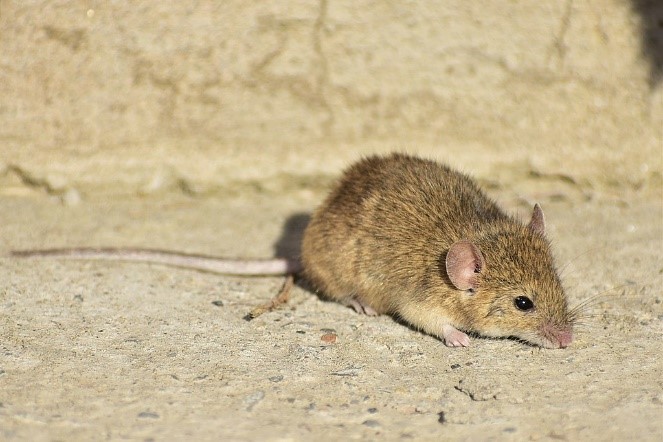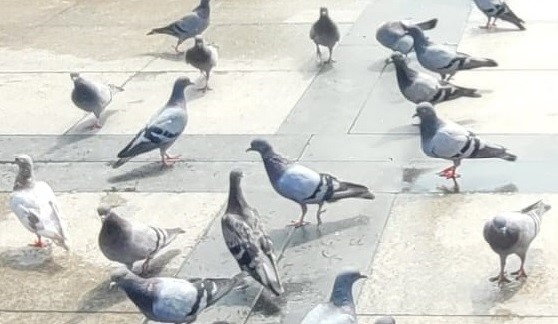Cultural Industry
The main cultural facilities are libraries, archives, and museums. Libraries are based upon individual items (generally not unique) and are user-driven. They are areas that are accessible to the public for browsing books, documents, or other items. Archives manage groups of works and focus on maintaining a particular context for the overall collection; they tend to be research driven and public access is restricted to researchers. Museums collect specific objects and provide curatorial context for each of them; they are curator driven.

Collections in cultural facilities and/or sites are very susceptible to pest damage. The cumulative effects of this damage can ultimately destroy their objects. Therefore, it is required to regularly monitor objects or items for evidence of pest infestation. These pests are organisms that interfere with the management objective of the site. The evidence of the presence of insect pests is the actual insect (alive or dead at various stages of its development), dried insect collections, cast skins or other body parts, stuffed animals, chewing marks on paintings and artifacts, fecal spots and pellets, exit holes in surfaces of wood, and loss of hair (fur, feather). Insect pests that cause the most damage to museum collections can be arranged into groups based on the types of food sources they seek (fabric, paper, general, stored products or wood pests). Other pests, such as mice, rats, birds, and bats also affect museum collections because they can attract insects that may then move into collections seeking a food source.
Successful integrated pest management (IPM) in these cultural facilities involves good communication and cooperation between pest control professionals and facility staff (curators, managers, custodians, and other support staff). ETS professionals are well-trained to identify pest problems and make decisions on appropriate actions. They have developed an IPM program based on the principles that enable collections and buildings to be cared for in ways that are safe and effective. Our professionals use specific inspection and monitoring techniques, and preventive methods, whether pests are in the facilities or in objects/collections.

Pests Attracted to Cultural Facilities:
Click on each pest to learn about its general description, life cycle, common characteristics, damages, and economic or medical implications.





